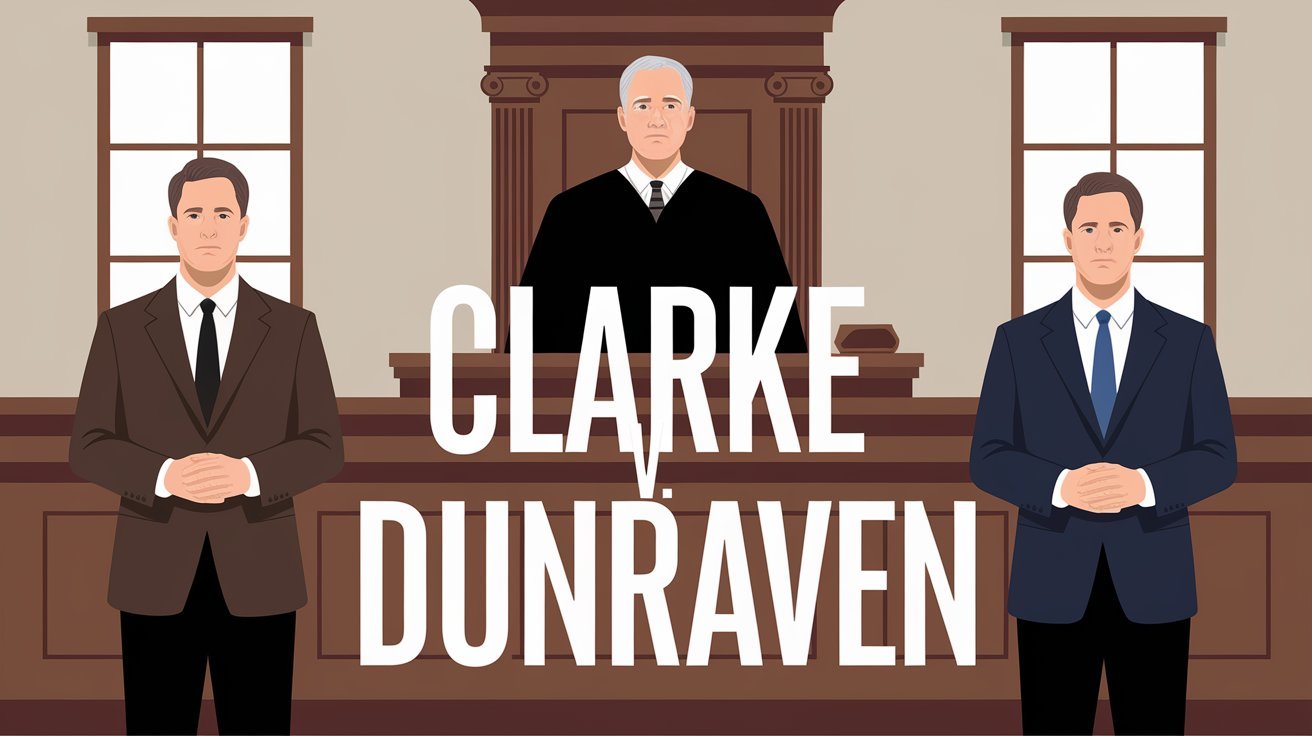Clarke v. Dunraven 1897 (Case Summary)

This case established that mutual consent to adhere to a set of rules can create binding contractual obligations between parties, even in the absence of a direct contract between them.
Table of Contents
ToggleFacts of Clarke v Dunraven
- Clarke (Plaintiff) and Dunraven (Defendant) were participants in a yacht race organized by a club.
- Both agreed to abide by the yacht club’s rules, which included a clause requiring competitors to compensate others for any damage caused by their negligence.
- During the race, Dunraven’s yacht,the Valkyrie II, collided with Clarke’s yacht The Satanita, due to Dunraven’s negligence, causing damage to Clarke’s yacht.
- Clarke sought compensation, but Dunraven argued there was no direct contract between them to enforce liability.
Issues framed
- Whether a mutual agreement to abide by a third party’s rules constitute a binding contractual relationship between participants?
- Whether liability for damages be imposed in the absence of a direct contractual relationship?
Judgment of Clarke v Dunraven
The House of Lords analyzed principles of contract formation and third-party rule compliance.
The Court held that by entering the race and agreeing to the club’s rules, both parties had implicitly entered into a binding contract with each other.The agreement to abide by the rules created mutual obligations, making Dunraven liable for damages caused by his negligence.
The court ruled in favor of Clarke, holding Dunraven liable for the damages. Lord Herschell stated, “The obligation arises from the mutual agreement of the competitors to be bound by the rules, forming a contract between them.”





